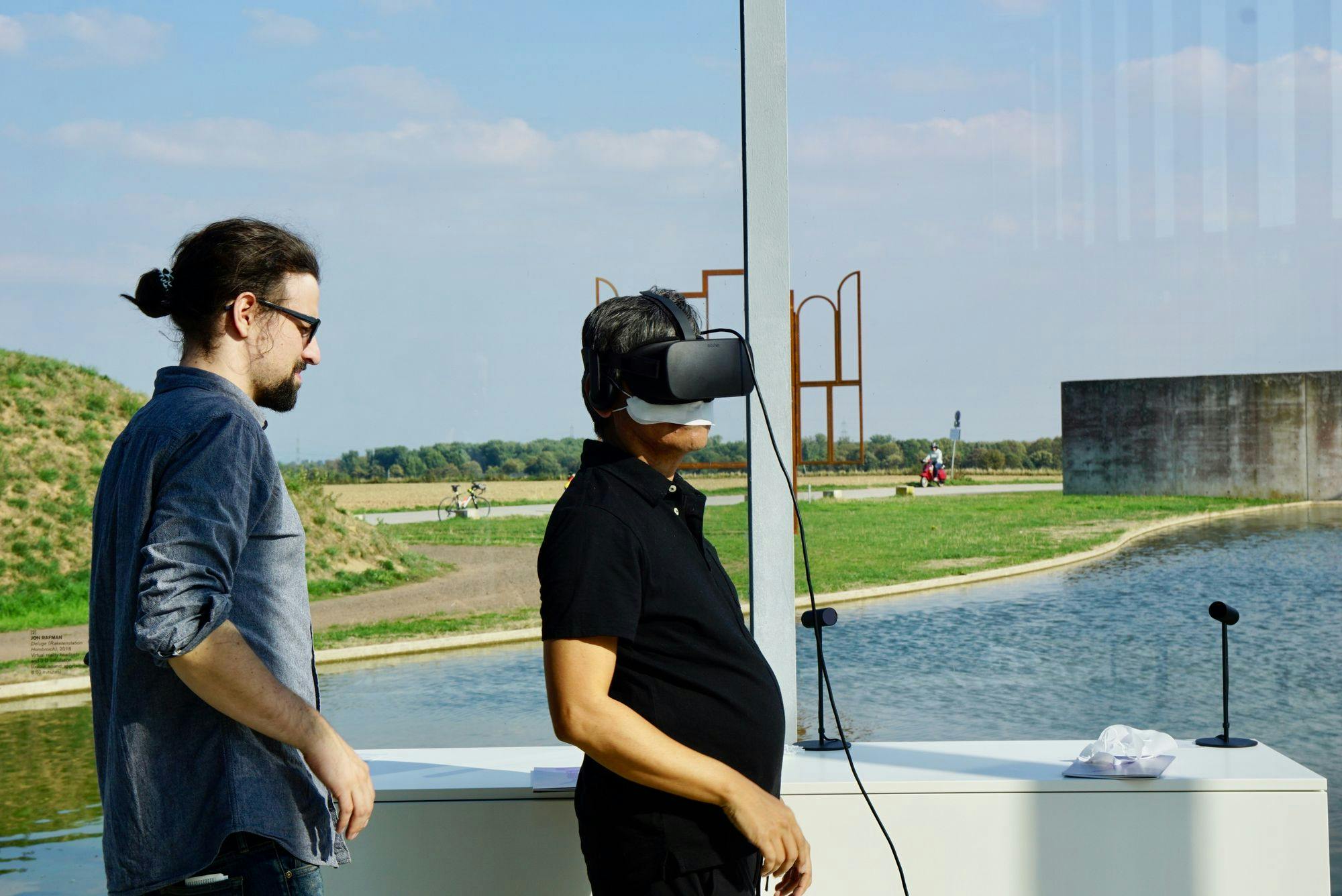Introduction:
In the ever-expanding realm of technology, Augmented Reality (AR) has emerged as a transformative force, seamlessly blending the virtual and physical worlds. AR enriches our perception of reality by overlaying digital information onto our physical surroundings, offering a myriad of applications that extend from entertainment to education, healthcare, and beyond.
Understanding Augmented Reality:
At its core, AR enhances our real-world experience by supplementing it with computer-generated sensory input such as visuals, sound, or haptic feedback. Unlike Virtual Reality (VR), which immerses users entirely in a computer-generated environment, AR enhances the existing reality, opening up a plethora of possibilities for interaction and engagement.
Key Components of Augmented Reality:
- Hardware:
- AR devices come in various forms, ranging from smartphones and tablets to smart glasses and headsets. Smartphones, with their built-in cameras and sensors, are the most accessible AR platforms, while dedicated AR glasses offer a more immersive and hands-free experience.
- Software:
- AR applications rely on sophisticated software to recognize and track real-world objects, surfaces, and environments. Computer vision algorithms play a crucial role in interpreting the visual data captured by AR devices.
- Sensors:
- AR devices are equipped with an array of sensors, including cameras, accelerometers, gyroscopes, and depth sensors. These sensors work together to gather information about the user's surroundings and movements, enabling a responsive and dynamic AR experience.
Applications of Augmented Reality:
- Gaming and Entertainment:
- AR has revolutionized the gaming industry by introducing immersive experiences that blend digital elements with the real world. Games like Pokémon GO have captivated millions, demonstrating the potential for interactive and location-based entertainment.
- Education and Training:
- In education, AR has the power to make learning more engaging and interactive. AR applications can provide 3D visualizations of complex concepts, allowing students to explore subjects like anatomy, astronomy, and history in a more hands-on manner. In the realm of training, AR is being used for simulations and real-time guidance in various industries.
- Healthcare:
- AR has found applications in healthcare for surgical planning, medical training, and patient care. Surgeons can use AR to visualize patient data during procedures, enhancing precision and reducing risks. Medical students can also benefit from interactive AR simulations.
- Retail and Marketing:
- AR is reshaping the retail landscape by enabling virtual try-ons, interactive product catalogs, and in-store navigation. Brands leverage AR to create immersive marketing campaigns that engage consumers in novel and memorable ways.
- Navigation and Real-Time Information:
- AR enhances navigation applications by overlaying directions onto the user's field of view, making it easier to follow routes. It also has applications in providing real-time information about points of interest, historical landmarks, and more.
Challenges and Future Outlook:
While AR has made significant strides, challenges such as hardware limitations, privacy concerns, and the need for more compelling content persist. As technology advances, addressing these challenges will be crucial for unlocking the full potential of AR.
Looking ahead, the future of AR appears promising, with ongoing research and development pushing the boundaries of what is possible. As AR continues to bridge the gap between the digital and physical worlds, it is poised to become an integral part of our daily lives, reshaping how we perceive and interact with the world around us.
